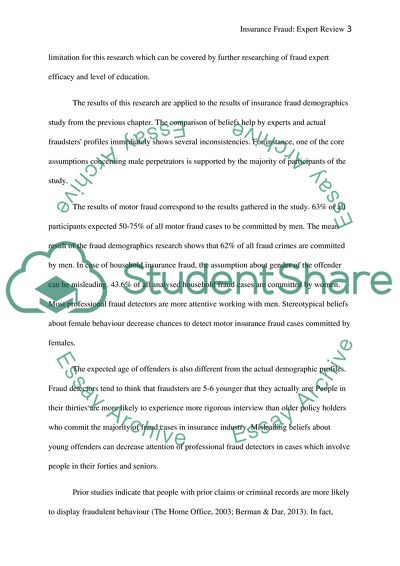Cite this document
(Insurance Fraud: Expert Review Coursework Example | Topics and Well Written Essays - 1750 words - 2, n.d.)
Insurance Fraud: Expert Review Coursework Example | Topics and Well Written Essays - 1750 words - 2. https://studentshare.org/psychology/1819286-discussion-section-only
Insurance Fraud: Expert Review Coursework Example | Topics and Well Written Essays - 1750 words - 2. https://studentshare.org/psychology/1819286-discussion-section-only
(Insurance Fraud: Expert Review Coursework Example | Topics and Well Written Essays - 1750 Words - 2)
Insurance Fraud: Expert Review Coursework Example | Topics and Well Written Essays - 1750 Words - 2. https://studentshare.org/psychology/1819286-discussion-section-only.
Insurance Fraud: Expert Review Coursework Example | Topics and Well Written Essays - 1750 Words - 2. https://studentshare.org/psychology/1819286-discussion-section-only.
“Insurance Fraud: Expert Review Coursework Example | Topics and Well Written Essays - 1750 Words - 2”. https://studentshare.org/psychology/1819286-discussion-section-only.


